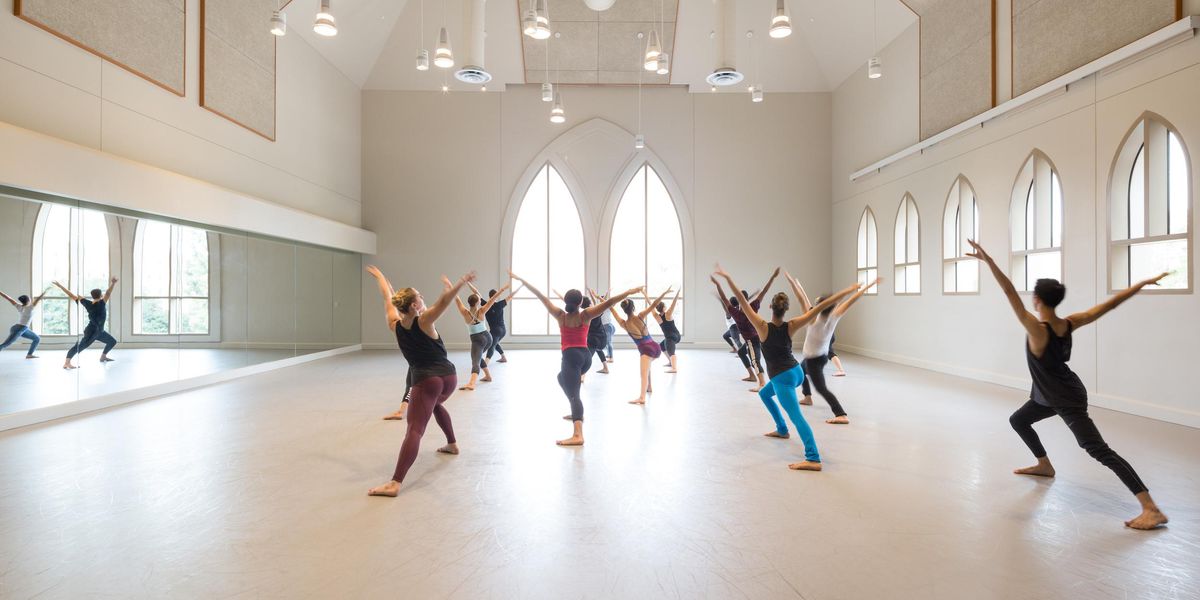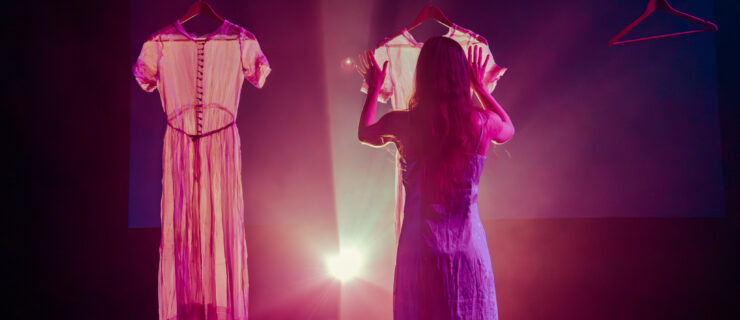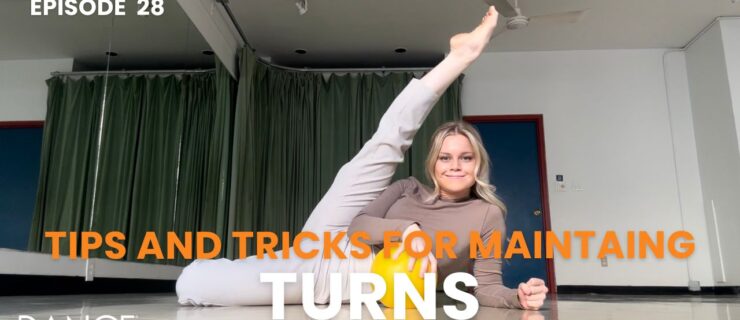Introducing Kansas City Ballet II
Kansas City Ballet has announced the launch of a second company, KCB II. Under the direction of newly appointed KCB artistic director Devon Carney (longtime KCB director William Whitener stepped down earlier this spring), KCB II now includes five young professionals who were selected by audition. They will perform throughout the region and, according to press materials released earlier today, will “act as ambassadors for KCB.” In addition to doing lecture demonstrations and outreach performances, KCB II dancers will also have the chance to perform in the corps of the main company during large productions. They will work closely with Carney, who comes to KCB with a longstanding career as a dancer and teacher.
A native of New Orleans, Carney was a principal dancer with Boston Ballet before transitioning into the role of Ballet Master in 1986. Carney became Ballet Master of Cincinnati Ballet in 2002, and he has long been in demand as a teacher, leading classes worldwide. While he was with Cincinnati Ballet, Dance Magazine interviewed Carney in the monthly “Teacher’s Wisdom” column.
KCB II dancers Rochelle Chang, Lark Commanday, Katya Duncan, Morgan Sicklick, and Meagan Swisher.
Photo Courtesy KCB
For more information about KCB II, visit kcballet.org or contact [email protected].
What are common problems you see in your students? Épaulement and use of the arms seem to be the last thing to mature in dancers. It’s rare to see a dancer entering a professional career who has an understanding of the value and use of the arms. In second position, you have to get the elbow up. Your deltoids and latissimi dorsi are activated. Then your back opens up and is supported. Everything lines up. If you don’t do this, you can sway your back and let your stomach go.
Cecchetti, Vaganova, and Balanchine techniques are all part of your background. Which do you teach? I like the squareness of Cecchetti, the movement quality in Vaganova, the freedom of Balanchine. I think, though, that the basis of my teaching has evolved into defining what works visually in any position.
– See more at: http://www.dancemagazine.com/issues/August-2005/Teachers-Wisdom-Devon-Carney#sthash.K7o0Scap.dpuf
What are common problems you see in your students? Épaulement and use of the arms seem to be the last thing to mature in dancers. It’s rare to see a dancer entering a professional career who has an understanding of the value and use of the arms. In second position, you have to get the elbow up. Your deltoids and latissimi dorsi are activated. Then your back opens up and is supported. Everything lines up. If you don’t do this, you can sway your back and let your stomach go.
Cecchetti, Vaganova, and Balanchine techniques are all part of your background. Which do you teach? I like the squareness of Cecchetti, the movement quality in Vaganova, the freedom of Balanchine. I think, though, that the basis of my teaching has evolved into defining what works visually in any position.
– See more at: http://www.dancemagazine.com/issues/August-2005/Teachers-Wisdom-Devon-Carney#sthash.K7o0Scap.dpuf




